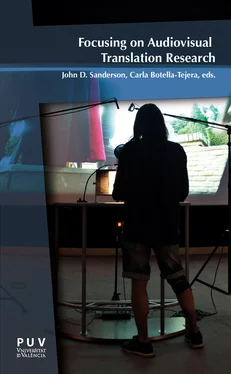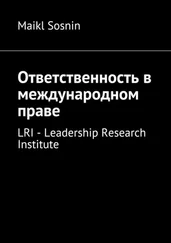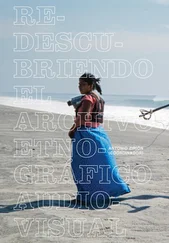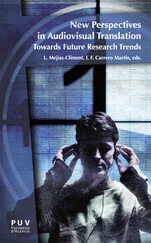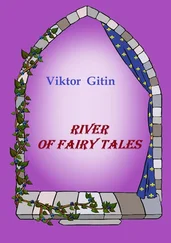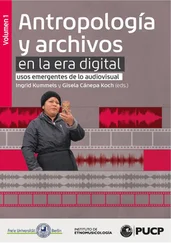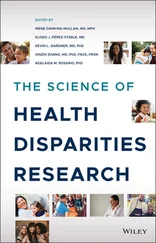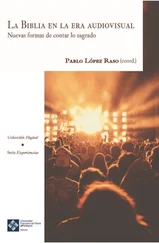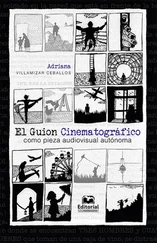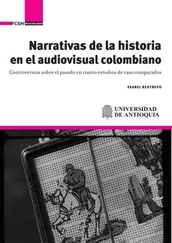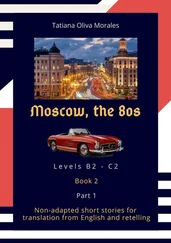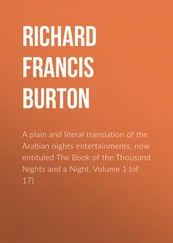AAVV - Focusing on Audiovisual Translation Research
Здесь есть возможность читать онлайн «AAVV - Focusing on Audiovisual Translation Research» — ознакомительный отрывок электронной книги совершенно бесплатно, а после прочтения отрывка купить полную версию. В некоторых случаях можно слушать аудио, скачать через торрент в формате fb2 и присутствует краткое содержание. Жанр: unrecognised, на английском языке. Описание произведения, (предисловие) а так же отзывы посетителей доступны на портале библиотеки ЛибКат.
- Название:Focusing on Audiovisual Translation Research
- Автор:
- Жанр:
- Год:неизвестен
- ISBN:нет данных
- Рейтинг книги:4 / 5. Голосов: 1
-
Избранное:Добавить в избранное
- Отзывы:
-
Ваша оценка:
- 80
- 1
- 2
- 3
- 4
- 5
Focusing on Audiovisual Translation Research: краткое содержание, описание и аннотация
Предлагаем к чтению аннотацию, описание, краткое содержание или предисловие (зависит от того, что написал сам автор книги «Focusing on Audiovisual Translation Research»). Если вы не нашли необходимую информацию о книге — напишите в комментариях, мы постараемся отыскать её.
Focusing on Audiovisual Translation Research — читать онлайн ознакомительный отрывок
Ниже представлен текст книги, разбитый по страницам. Система сохранения места последней прочитанной страницы, позволяет с удобством читать онлайн бесплатно книгу «Focusing on Audiovisual Translation Research», без необходимости каждый раз заново искать на чём Вы остановились. Поставьте закладку, и сможете в любой момент перейти на страницу, на которой закончили чтение.
Интервал:
Закладка:
PILAR RODRÍGUEZ ARANCÓN, PhD, is a lecturer at UNED, where she specialises in the areas of Translation, CALL and CLIL (Content and Language Integrated Learning). She is a member of the ATLAS research group and her main field of research is the influence of culture in the areas of audiovisual translation and foreign language teaching.
LAURA SANTAMARIA GUINOThas taught translation since 1985 at the Faculty of Translation and Interpreting in the Universitat Autònoma de Barcelona, where she has held various management positions and where she has been the Dean of Faculty since 2011. Her research is based on issues related to the mass media, intertextuality and cultural studies. She has taught specialised translation, specifically subjects on screen and multimedia translation and legal translation. She has also served as a teacher of translation and developer of materials for on-line master’s degree courses at the Universitat Autònoma de Barcelona and New York University. She has worked as a professional translator for various Catalan publishing houses and for Televisió de Catalunya as a screen translator.
Introduction
There has been a huge increase in publications devoted to Audio-visual Translation, and doctoral dissertations in seven years of this decade have already doubled those presented on this field in the previous decade worldwide (see chapter 7 in this volume). And even other disciplines not directly connected to Translation include references to language transfer in the audiovisual sphere due to the unavoidable support of this mode of representation in contemporary academicism. The relevance of this field of research is here to stay.
The aim of this volume is to make a statement on the importance of research categorized under the heading of its title, both in its different varieties of production (dubbing, subtitling, surtitling, voice-over and e-learning) and in its relationship with language acquisition. Its impact is consequently felt in the professional world, where results of nationally and internationally funded projects are pouring in together with a technological advancement which is making firms connected to the audiovisual world speedily redesign their production and marketing strategies (see chapter 2). On the whole, a merging of applied theory and practice is required, and our willingness with this volume is to encourage a dialogue between scholars specialized in Audiovisual Translation that may expand to other fields. We can already find here the effect it is having in EFL teaching as well, but the generalized interdisciplinary approach can also give way to other options such as creative design, script-writing or performing arts.
Being published in Spain, this volume would expectedly focus its attention on the research on the favored mode of audiovisual language transfer: dubbing. For instance, Santamaria and Pujol’s chapter, “Mapping L3 in audiovisual productions”, analyzes how translators deal with the overlapping of different languages in the source text, and how it influences the final understanding in the target text. L3 (current terminology which describes the presence of a language different from L1 in the source text) may coincide with L2, or might consist of a sociolect invented for a fictional community in a specific production which has an underlying link with L1; this will require a necessary degree of manipulation in its transfer to the target text. Dubbing has the theoretical advantage for translators that the soundtrack with the original dialogues is erased, which seems to encourage a wider range of textual manipulation. The results of this research make up for a useful list of translation strategies that, in quite a few cases, reveal remarkable diversions from the source text.
Mejías’ “The process of dubbing and its synchrony in video games” brings to the fore a widely used term in this area of translation for computerized entertainment, “localization”, which refers to the process of adaptation of the source text to a specific target cultural context. Her instance on dubbing synchrony, here referred to as “full localization”, promotes a professional step forward in a currently booming market that could afford the cost involved in an improved synchronizing precision. With the support of an epistemological basis supplied by Chaume’s canonical research on translation for dubbing, Mejías performs a case study whose statistical results prove that the not so precise synchrony is still accepted, but that a requirement for a further adjustment, based on traditional dubbing, is looming above the horizon of certain national markets.
Concerning subtitling, Bolaños’ chapter on “The pedagogical potential of cloud-based platforms” focuses on how these relatively new devices could have a remarkably positive effect on translator training. The wider access to these tools, a result of the advancement of translation technology, would facilitate the work for professionals who do not have a permanent working space, and also enable students to perform subtitling tasks from home, since they might not have had so far an easy access to the software available in private firms or academic institutions. A thorough survey performed in this research project does supply some interesting conclusions, mainly that translation trainers, who, to a certain degree, are also working as professional translators for subtitling, are willing to extend the use of these platforms among their students due to their effectiveness for their training.
Ávila’s chapter, headed by the ad-hoc coined term TeenTitles , is more specifically devoted to the use of subtitling for EFL teaching. Its starting point is thought-provoking, since it deals with how EFL students can improve their written skills by translating for subtitling. Even though the pre-assigned tasks got fewer responses than expected, the high percentage of perceived improvement in written skills among EFL students, and the inclusion of a good practice guide highlighting elements that should be taken into account in other similar case studies, make its reading worthy of consideration for upcoming research.
Voice-over is yet another typology of audiovisual language transfer present in this volume. Talaván and Rodríguez’s chapter, “Voice over to improve oral production skills: the VICTOR project”, is also linked to EFL teaching, as it specifically focuses on the improvement of pronunciation in English without dealing with the actual language transfer. Interestingly, the task performed for their research project, the composition of a new dialogue in L1 for the revoicing of the American advertisements compiled by the authors, also involves listening and writing skills, but the main challenge was the improvement of the oral production of their students. An enlightening visual compilation of results from different angles in various tables and figures verifies the usefulness of this approach.
Another relevant mode of representation in our field is surtitling, still contested in some academic circles as not specifically audiovisual. Laliberté’s article, “The realities of surtitling for the theatre in a digital age”, makes a clear point in its favor by means of the account of her personal experience with current stage designing, which foregrounds technology to an extent that necessarily involves linguistic transfer. Surprisingly, as her research proves, it is professional translators who are way behind the current technological advancement, at least in Canada, location of her case study, since they are still using almost unanimously PowerPoint software to submit their work, for reasons that range from economy to easy access, even though it has blatant limitations for this purpose. Linguistic issues are presented in a more positive light, including rhythm and musicality as well as the customary semantic accuracy.
Читать дальшеИнтервал:
Закладка:
Похожие книги на «Focusing on Audiovisual Translation Research»
Представляем Вашему вниманию похожие книги на «Focusing on Audiovisual Translation Research» списком для выбора. Мы отобрали схожую по названию и смыслу литературу в надежде предоставить читателям больше вариантов отыскать новые, интересные, ещё непрочитанные произведения.
Обсуждение, отзывы о книге «Focusing on Audiovisual Translation Research» и просто собственные мнения читателей. Оставьте ваши комментарии, напишите, что Вы думаете о произведении, его смысле или главных героях. Укажите что конкретно понравилось, а что нет, и почему Вы так считаете.
